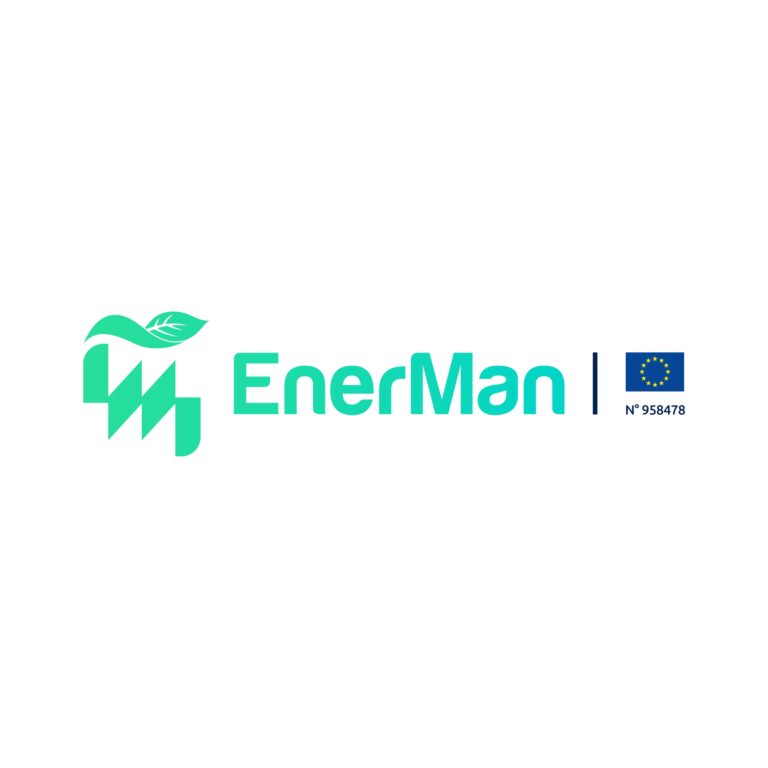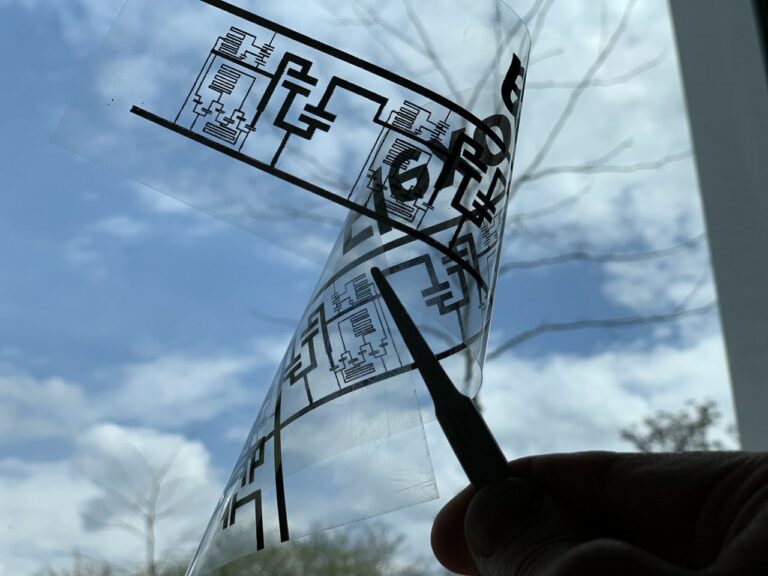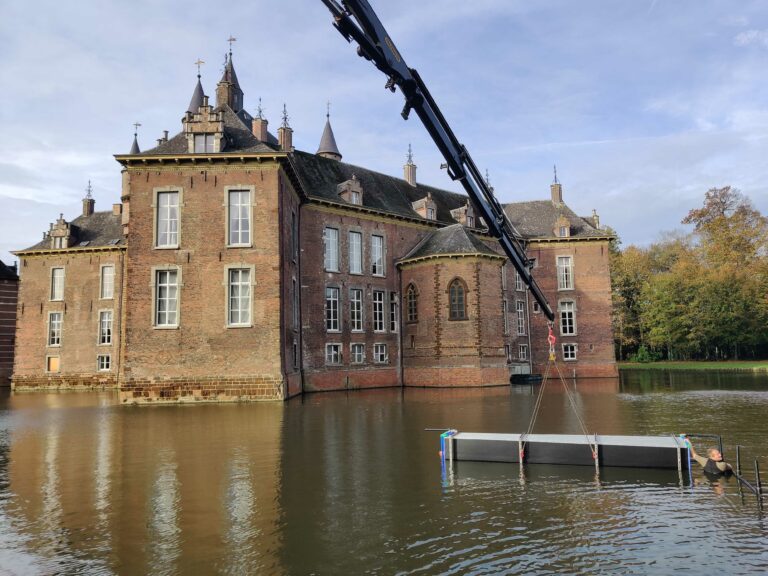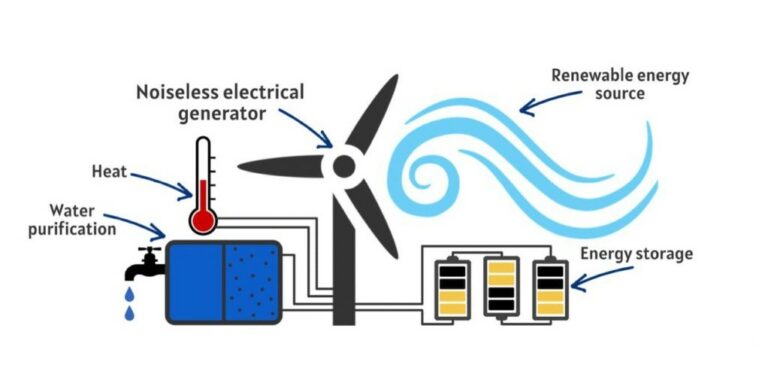Swobbee – Safe Charging For Clean Transportation
Ancient countries were held together by horse riders: Whether fast messengers, transportation of goods, or the usage of cavalry for quick interventions. However, horses are sensible animals who get tired after some path and can’t continue the same day. If someone needed to travel quickly, they needed to change horses in substations. In Roman times, these stations spanned across the entire empire.
Today, we are facing a similar problem: More and more applications are electrical and powered by batteries with a finite charge capacity. Today’s solution to this problem seems to be to increase the already quite significant size even further. A different, more sustainable solution to that problem is given by Swobbee, which brings to life a modern equivalent of substations – for light electric vehicles.
In today’s interview with Sinah Truffat, CCO at Swobbee, we discuss how modern battery charging stations provide a safe and cost-effective charging solution.
Why did you start the company?
Swobbee emerged from a battery company called Greenpack that developed one of the first e-cargobike batteries, which are still used in the market by various brands. At some point, the founders realized that the cost of driving batteries back and forth from the warehouse to where people need it is pretty high and makes the use of these light electric vehicles quite costly. There are also security concerns stemming from charging lithium-ion batteries – which are still the predominant type – and it is dangerous to charge them unmonitored. Whenever there is an incident, like a thermal event, you most likely only realize the day after because it may happen during the night and nobody’s there. This has resulted in warehouses burning down, and even more concerning, in cities like New York, the use of lower quality batteries and unmonitored charging has led to fires in residential buildings, costing lives.
The two main problems we saw were the cost of battery swapping operations and the need for more safety during charging. From then on, the founders thought about developing stations we could deploy in city centers that would monitor charging at any time. That was when Swobbee was born. We are now a team of about 50 people based in Berlin, with the mission to build charging infrastructure that works with many different kinds of vehicles – broad compatibility is one of the main distinctions in comparison to competitors.
What is your product?
You can imagine our battery charging stations as the gas station for electric micro- and mini-mobility – anything battery-powered and on wheels that is smaller than a car. The charging station measures the size of a telephone booth, where different kinds of charging modules can be fitted in, and every station can be tailor-made and retrofitted at a later point in time. You can swap out any charging module and adapt it to the changing needs of fleets, for example if there is a new battery type being used in a particular area.
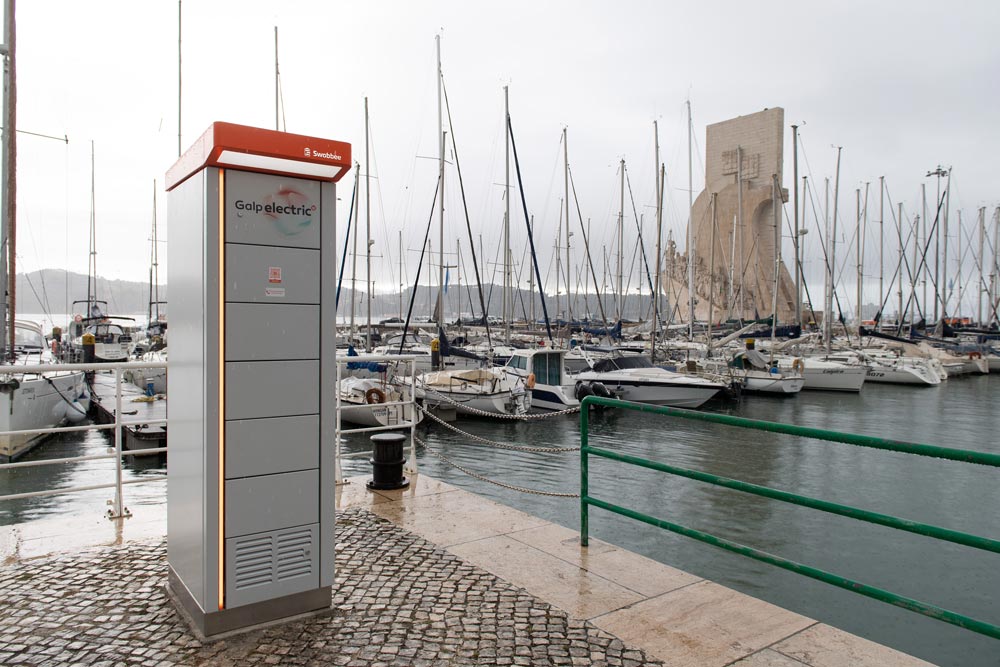
We have about 100 stations live now, operating in many different countries, mainly Europe. Germany is our primary market, but we are also in Austria, Portugal, Spain, and Greece and launching in the US this quarter, where we are setting up safe charging infrastructure for delivery workers. The plan is to build on the platform that we have now and integrate more batteries so that more users can use our systems. And with that, it also enables others to operate the network. Right now, we are operating the network ourselves, which means securing locations, we’re setting up the stations, we’re maintaining them. But eventually, we want to offer that to other network operators, like energy companies with an already existing network of locations, parking space providers, or even cities.
One point to add is the software part of our solution: It’s not just a dumb charging station, but in every station, we monitor the charging activities, and we extract information from the battery management system (BMS). This data is then pushed to our cloud platform, where users can not only track their operations, but also the health of their batteries. The parameters we track include temperature values, error codes, the number of charging cycles per battery and many more. In that way we can predict when a battery should be transitioned to a second-life application. Using this data in a smart way and applying ambient charging can increase the lifetime of the battery and ensure that suspicious batteries are identified early on.
What are the main challenges?
One challenge is that there are so many different battery types, and integrating them all on a deep enough level, not “just” charging them, but understanding what’s going on within the battery requires a lot of engineering work. We cannot integrate all the world’s batteries – so we have to pick the right ones.
Other than that, I think it is just a challenging industry in which we are, especially since there are also a lot of other startups and there has previously been a hype around shared mobility startups. And now this hype is over, and the market is consolidating, so we are getting to a point where the actual demand gets visible and not just the inflated version. That means the market is very dynamic, and you have to be nimble on your feet to keep pace.
There is also a lot of difference between what is needed regarding permits. In Germany, for instance, there can be different rules in any province and sometimes even within the city. Therefore, we primarily work with private companies for land because that’s faster. However, depending on the location, we still have to undergo various cycles of getting certifications and building permits. That is a big chunk of work – you cannot just set it up on the street just like that.
Also, the cost of roll-out is significant, too. It’s not just renting a bit of land, plug in the power socket and let’s go. Some electrical work will typically be necessary; sometimes, if the ground is unstable, you have to lay a foundation and so on. You’re setting up real infrastructure that is supposed to live through many years.
What about the fast-paced development of new battery types – does that pose a problem for you?
Here, the luck on our side is that the leasing contracts with most vehicles are about 3-5 years. That is for how long a vehicle will be at least in use and for how long its battery needs to last. However, battery development is moving fast, too and the new batteries coming onto the market perform consistently better. But we have enough time to see which batteries and standards are coming up and to develop the technology to these new standards, and we can use the already placed stations by simply retrofitting the older charge modules. The only work required is the integration of the batteries into the charge modules and ensuring our software reliably speaks with the batteries.
What are your future plans?
Right now, the US expansion is a top priority for us. We are launching several stations in New York City. 100’000 e-bike delivery workers need access to convenient and safe charging.
We are also busy developing a 4th generation station, which will have a different architecture, rendering it lighter, lower, and more modular: You will have the “brain” of the station at the center, and then various charge modules that you can add to it almost like a beehive.
Finally, we are working on improved battery analytics on the software side: What can we offer to customers that will help them optimize their battery management and ultimately ensure that batteries are used in the most resource-efficient manner?
Whom to contact?
Are you feeling inspired by this exciting idea and eager to explore more? Reach out to Sinah for a delightful discussion, or visit their website to learn more about our product.


